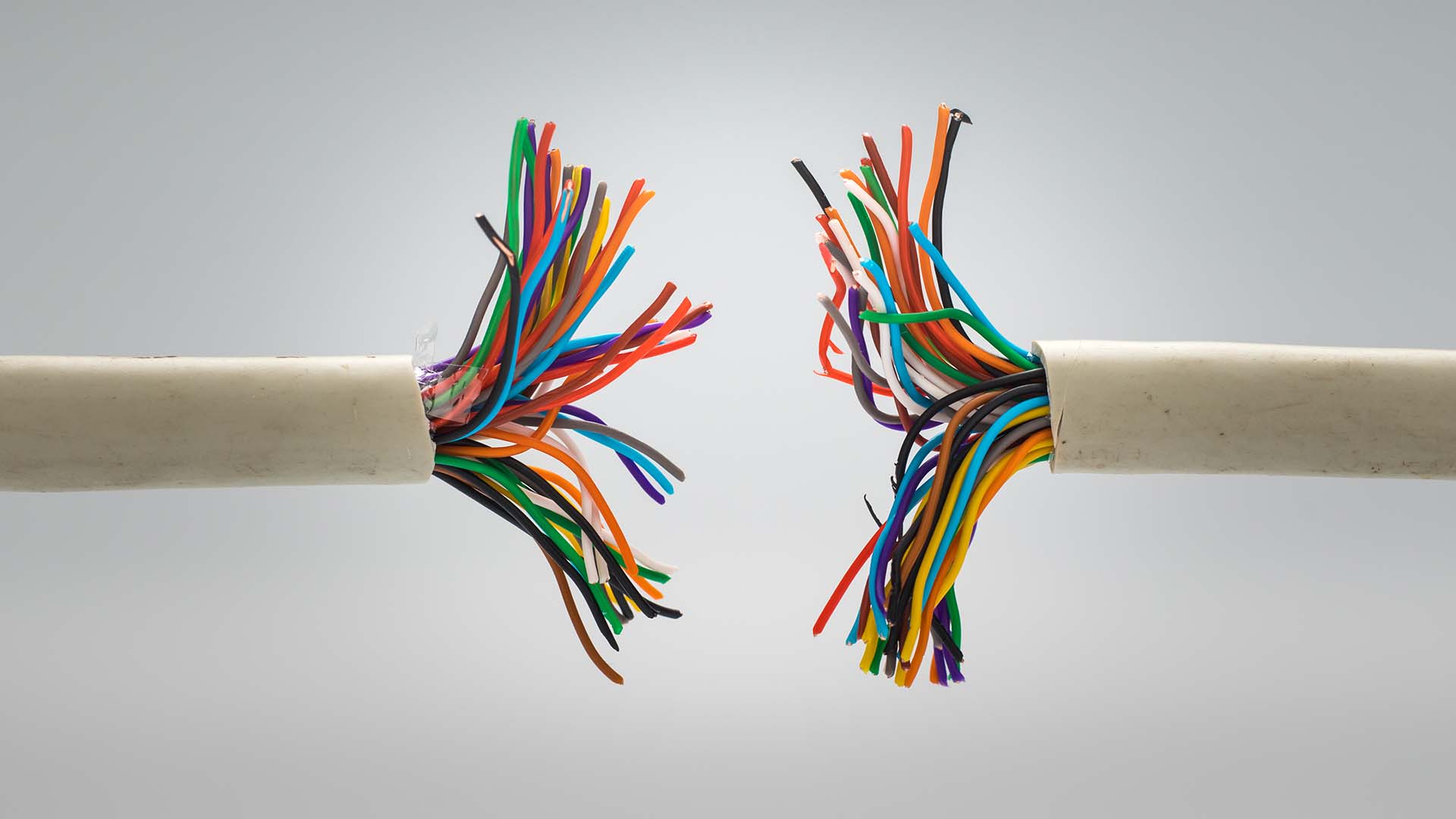
- Terry Beadle
- Global Head of Corporate Development, GTreasury
The move to the cloud has dramatically reduced the cost of ownership for treasury management systems, enabling corporations to access technology and business solutions that were previously out of reach. And more is to come: by offering seamless integration with third-party systems, tomorrow’s treasury management system will give treasurers a single point of access to the entire financial ecosystem.
Twenty years ago, the treasury management system (TMS) was aimed squarely at Forbes’ Global 2000 companies. Adopting a TMS was costly and cumbersome – and demanded a dedicated in-house team, complete with IT support, super-users, and software update testing.
But all that changed with the arrival of cloud computing. Treasurers can now take advantage of treasury solutions on a software-as-a-service (SaaS) basis, leading to lower cost of ownership, rapid deployment and improved ease of use.
As a result, the adoption of a TMS has accelerated into the mainstream, enabling companies to tap into best practices and automation that help scale growing businesses. Existing TMS users have also embraced the cloud model, upgrading or switching systems and reinvesting resources in more value-adding activities.
Building bridges
At the same time, the way in which banks and corporates connect to each other has continued to evolve. In the past, bank integration has been conducted on a host-to-host basis, which can be time-consuming to implement and support. But more recently, application programming interface (API) integration has enabled companies to connect to their banks on demand and streamline these processes.
While early APIs may have required users to log in to legacy portals and make approvals using a token, this is changing rapidly, facilitated by PSD2 and Open Banking. GTreasury, for example, is rolling out a new generation of bank APIs that give clients on-demand access to cash positions, bank statements and bank balances in real time, with payments and other services following the same approach.
Overlapping this shift, the disaggregation of banking services from the mainstream banks and the meteoric rise of fintech is starting to impact corporate treasury. Corporations are starting to consider innovative fintech services that include virtual accounts, real-time payments and foreign exchange. But while these services may be attractive, fintech vendors to date have focused on the SME space, or are integrating challenger and tier-two and tier-three banks – meaning that corporates which want to access services and integrate workflows may have no practical way of doing so.
Bringing everything together
Against this backdrop, GTreasury is building an ecosystem that provides corporations with access to disparate financial services via its single TMS platform.
Historically, customers have used a TMS to connect to banks, services and execution platforms on a one-to-one basis. But GTreasury is harnessing cloud technology to curate and connect fintech and bank API-driven services direct with the TMS platform, making the desired service available on request to any customer. Further, it seamlessly embeds services into its workflow. So instead of having to navigate away and sign into different portals, customers will be able to access a wide range of third-party services direct from their TMS, establishing end-to-end process flows.
To enable this kind of access, it is important to note that this is something that can be offered only by a cloud platform – it’s more difficult to integrate third-party services on installed software. It’s also important to work with the right partners. For example, GTreasury has recently announced a connectivity agreement that will integrate our TMS with the Goldman Sachs Liquidity Solutions Portal. As a result, clients will be able to use a single sign-on to manage excess cash and then execute money market fund (MMF) trades on the Goldman portal, and use GTreasury dashboards to see their MMF holdings in real time.
Given the direction of travel, many of the larger banks are actively deepening their integration with TMS platforms to provide enhanced service levels and have stickier relationships with their corporate customers.
TMS as curator
Corporate clients currently have several ways of plugging into financial markets, including the TMS. But in the future, the TMS will be able to act as a curator of third-party services, enabling treasury teams to access multiple services from one platform and take advantage of seamless workflows.
While different vendors will approach these opportunities from different angles, GTreasury is already working towards this goal by building closer partnerships across the financial ecosystem. Likewise, banks are realising that deeper partnerships with TMS platforms will be essential as they seek more integrated relationships with their corporate clients.



